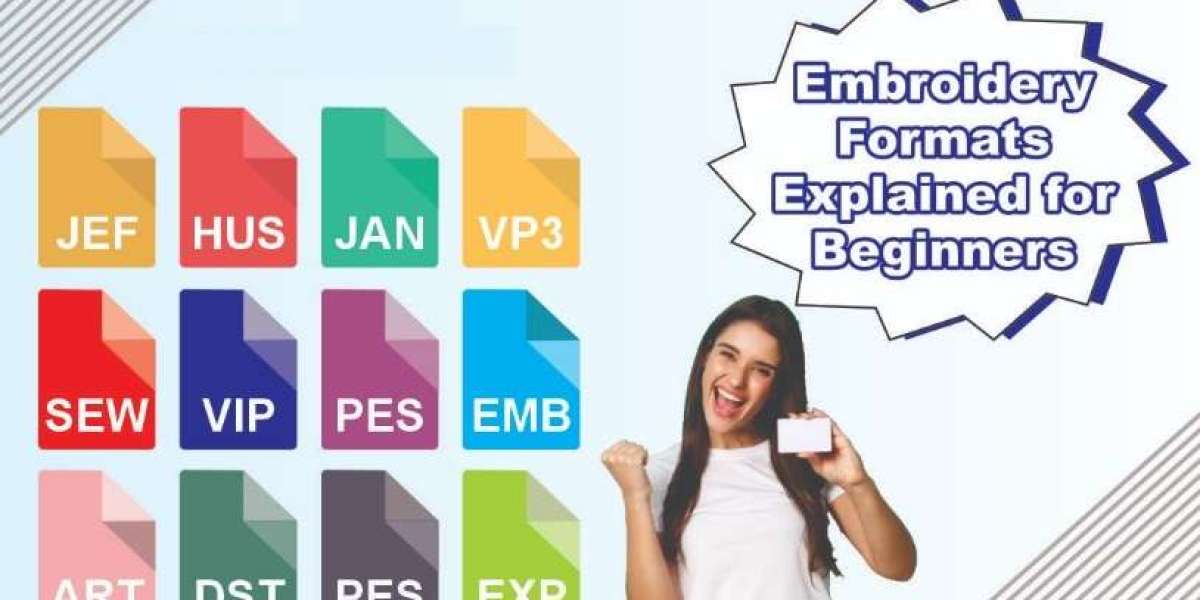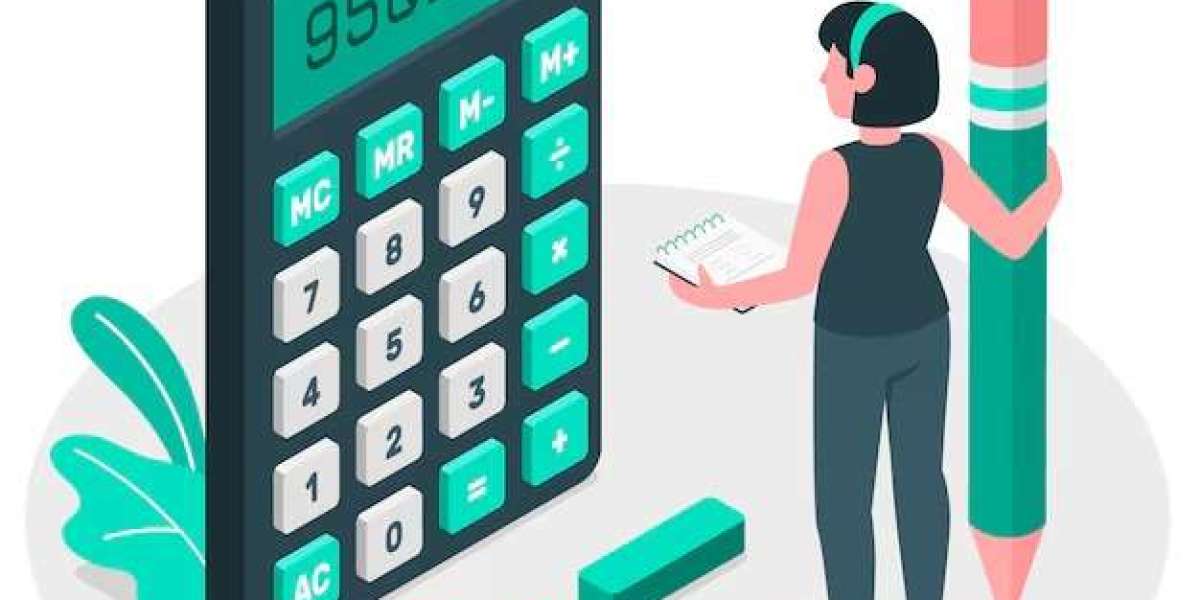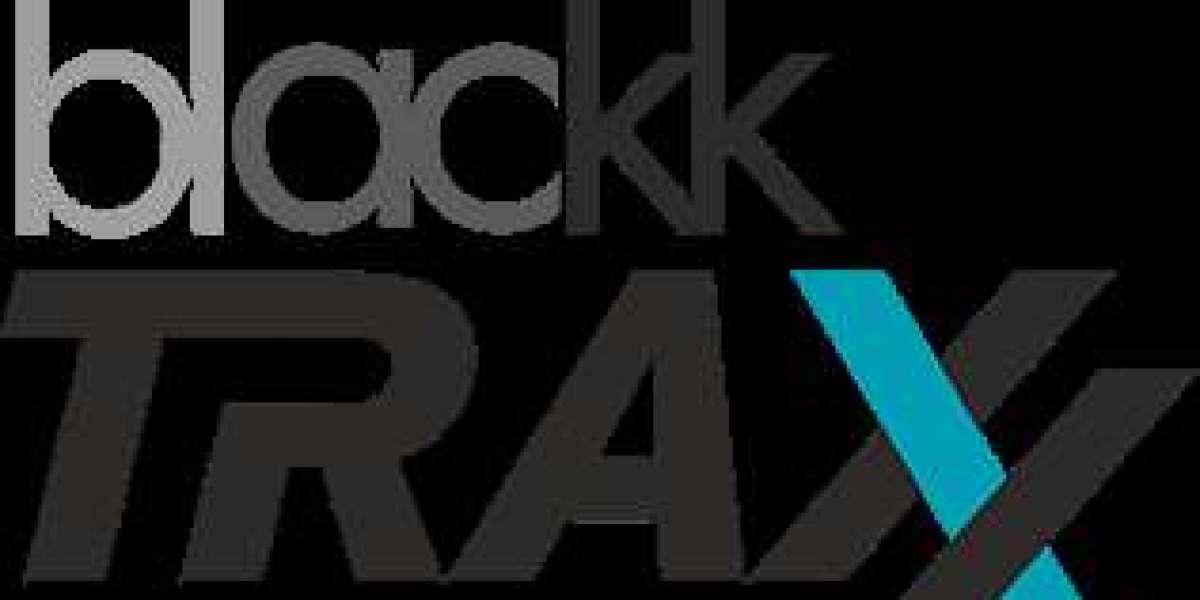If you're into embroidery — whether as a hobbyist or a business owner — understanding embroidery file formats is non-negotiable.
Why?
Because your embroidery machine can’t read just any file. It requires a specific format loaded with stitch instructions, not just an image or vector.
In this guide, you’ll learn:
- The most popular embroidery file formats
- Which machines use each format
- Tips for converting and managing files
- How to get the right format every time (even if you start with a JPG or PNG)
Let’s break down the mystery of embroidery file format types so you never run into a “file not supported” message again.
What Is an Embroidery File Format?
An embroidery file format is a digital file that stores stitch data — including:
- Stitch type and direction
- Color stops and thread changes
- Jump stitches and trims
- Hoop size, scale, and layout
Unlike a regular image file (like PNG or JPG), embroidery formats are made to communicate stitch-by-stitch instructions to machines.
Top Embroidery File Formats and Their Compatible Machines
Here are the most widely used embroidery formats and the machines that read them:
1. PES — Brother & Babylock Machines
- File Extension: .pes
- Used By: Brother, Babylock
- Software Support: PE-Design, SewArt, Hatch, Ink/Stitch
- Ideal For: Home embroidery, small businesses
- Why It’s Popular: Easy to find software, user-friendly
If you own a Brother SE1900 or Babylock Verve, you’re in PES territory.
2. DST — Tajima & Industrial Machines
- File Extension: .dst
- Used By: Tajima, Barudan, Ricoma, ZSK, SWF
- Software Support: Wilcom, Pulse, Hatch, Embird
- Ideal For: Commercial embroidery
- Key Feature: Widely accepted across machine brands
DST is considered the universal format for professional embroidery machines.
3. JEF — Janome Machines
- File Extension: .jef
- Used By: Janome Memory Craft 500E, 550E, Horizon series
- Software Support: Janome Digitizer MBX, SewArt
- Specs: Stores color data and stitch patterns
If you’re using a Janome machine, .JEF is what you’ll need.
4. EXP — Bernina & Melco Machines
- File Extension: .exp
- Used By: Bernina, Melco
- Software Support: Bernina ArtLink, Wilcom
- Note: Requires matching thread chart (.inf or .txt) for colors
Bernina owners should check whether their machine also requires .INF files along with .EXP.
5. VP3 — Husqvarna & Pfaff Machines
- File Extension: .vp3
- Used By: Husqvarna Viking, Pfaff
- Software Support: Premier+ Embroidery, Embrilliance, TruEmbroidery
- Strength: Supports multiple thread palettes
The newer format for modern Pfaff and Husqvarna models.
6. XXX — Singer Embroidery Machines
- File Extension: .xxx
- Used By: Singer Futura series
- Software Support: Singer PSW, TruEmbroidery
- Legacy Status: Older but still supported
Still in use by many home users with older Singer machines.
7. HUS — Husqvarna Viking (Legacy Format)
- File Extension: .hus
- Used By: Older Husqvarna machines
- Replaced By: VP3 on newer models
- Good For: Retro designs or legacy file collections
HUS is fading out but still useful for people using older machines.
8. PHC & PEC — Babylock & Brother Machines (Variants)
- File Extensions: .phc, .pec
- Used By: Advanced models of Brother & Babylock
- Software Support: PE-Design, Palette
- Special Uses: Saves more metadata (thread brand, zoom data, etc.)
PEC is often embedded inside PES files, adding more detailed metadata.
How to Convert Embroidery File Formats
If you’ve got a file in the wrong format, don’t worry — you can convert it using software or a digitizing service.
Popular Software for Converting:
- Wilcom Truesizer (Free & Paid) – Convert between most formats
- Embird – Offers format management and editing
- Hatch Embroidery – Full digitizing + file export
- SewArt – Beginner-friendly, converts to PES, JEF, and more
- Ink/Stitch – Free and open-source (with limitations)
File Conversion Example:
Want to convert a DST to PES?
- Open the DST file in Wilcom Truesizer or SewArt
- Edit colors or stitches if needed
- Export as .PES
- Load into your Brother machine — done!
Caution: Not All Conversions Are Perfect
Even if you successfully convert a file, not all machines interpret it the same way. You might lose:
- Thread color data
- Stitch types
- Fonts or lettering details
- Design alignment
To avoid issues:
- Test stitch on scrap fabric
- Review in machine preview
- Adjust in editing software (if possible)
Tip: Use a Professional Digitizing Service for Best Results
Need to convert a JPG, PNG, or SVG into a machine-ready format? Then you don’t just need file conversion — you need digitizing.
That’s where Digitizing Buddy comes in.
We offer:
- Custom digitizing in PES, DST, JEF, VP3, and more
- Fast 12–24 hour turnaround
- Edits included
- Support for caps, jackets, left chest, patches, and beyond
Get your logo or design turned into a stitch-ready embroidery file for any machine brand.
Quick File Format Reference Chart
Format | Machine Brands | Use Type |
PES | Brother, Babylock | Home & semi-pro |
DST | Tajima, Ricoma, SWF | Industrial/pro use |
JEF | Janome | Home embroidery |
EXP | Bernina, Melco | Pro & home use |
VP3 | Pfaff, Husqvarna | Modern home use |
XXX | Singer | Older Singer models |
HUS | Husqvarna (legacy) | Legacy systems |
PHC/PEC | Brother/Babylock advanced | Enhanced features |
FAQs: Embroidery File Format Compatibility
Can I use DST files on a Brother machine?
Usually, no. Brother machines typically require PES. Use software to convert DST to PES before stitching.
How do I open an embroidery file on my computer?
Use free software like Wilcom Truesizer, Ink/Stitch, or Hatch Organizer to preview and manage embroidery files.
Is PES the best format?
It depends on your machine. PES is perfect for Brother/Babylock users, but DST is the most universal.
Final Thoughts: Know Your Format, Stitch with Confidence
The embroidery world is full of creativity — but also full of technical file quirks. Knowing the right file format for your machine is crucial to avoid frustration and wasted materials.
Whether you're using a Brother, Janome, Bernina, or industrial Tajima, make sure your design is in the right format — and if it’s not, convert or digitize it properly.
Need a hand? Let Digitizing Buddy handle the file prep while you focus on the stitching.



